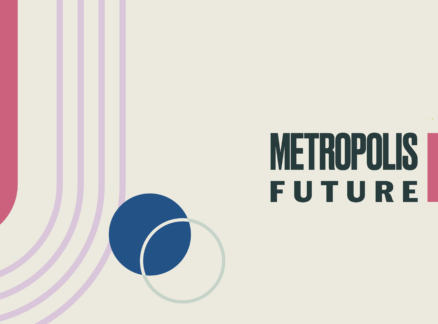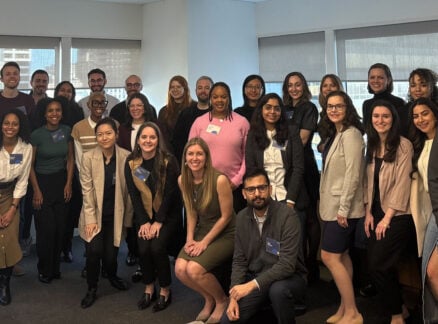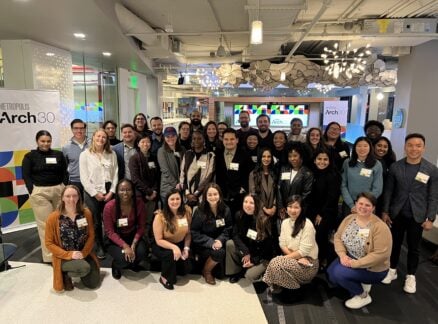
December 3, 2011
Lab Report XIII
The Center for Information Technology in the Interest of Society, or CITRIS, is a multi-campus collaborative effort that includes UC Berkeley, UC Davis, UC Merced, and UC Santa Cruz. With five different research areas, the projects cover a wide range of technologies and interests. New Media research, for example, has several interesting projects that “provide […]
The Center for Information Technology in the Interest of Society, or CITRIS, is a multi-campus collaborative effort that includes UC Berkeley, UC Davis, UC Merced, and UC Santa Cruz. With five different research areas, the projects cover a wide range of technologies and interests. New Media research, for example, has several interesting projects that “provide a forum for engineers, architects, social scientists, and humanists to discuss pressing problems from diverse perspectives.” In short, these are not technological developments designed to impress; instead, they are designed to improve our lives.
Let’s begin with the idea of a virtual library, accessible to scholars from around the world with a computer and an Internet connection. Envisioned by the global consortium that formed The Electronic Cultural Atlas Initiative, this is a “time and place interface.” Researchers and scholars from different disciplines can access information that ranges from a “Religious Atlas of China and Himalaya” to an “Animated TimeMap of Khmer Empire 100 CE – 1550 CE.”
Image via CITRIS
The medical field is another area that frequently benefits from technological innovations such as teleimmersion that “allows geographically distributed users to communicate and interact in real-time through a shared virtual environment.” What’s more, those users are often located in remote locations, making this technology all the more useful. 3D capture compresses, maps, and then shares a real scene into a virtual environment through a combination of computer technologies that include 3D visioning, VR, and networking. Some examples include Virtual Geology, CyberArchaeology, and even Virtual Choreography.
Then there is Tele-Immersion for Physicians, a cross-campus collaboration between UC Berkeley and UC Davis. One area is remote training and physical rehabilitation. This is particularly useful for clinics or other medical facilities that are located in rural areas. The process is simple. Using several stereo cameras, researchers extract a skeletal model of the patient for both privacy and bandwidth considerations. Then, that patient (or his/her teleimmersed skeletal representation) is teleimmersed into a virtual environment with a remote rehabilitation therapist. The therapist offers the patient visual feedback on his/her performance through the virtual environment, a technique that has been shown to be extremely effective.
Previous Lab Reports –
Sherin Wing writes on social issues as well as topics in architecture, urbanism, and design. She is a frequent contributor to Archinect, Architect Magazine and other publications. She is also co-author of The Real Architect’s Handbook. She received her PhD from UCLA. Follow Sherin on Twitter at @xiaying.





